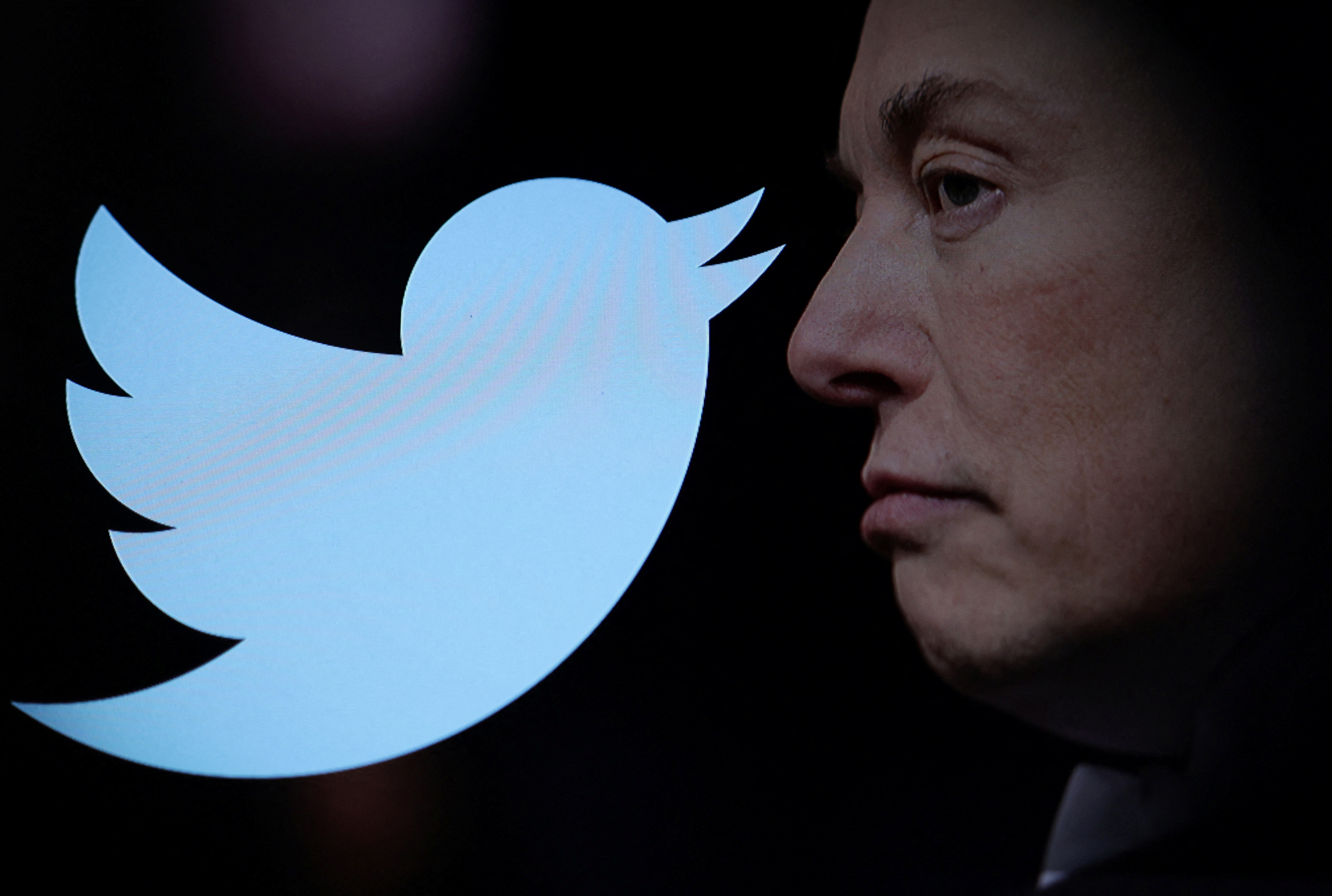As the United States grapples with one of its largest measles outbreaks in decades, public health experts are raising concerns that the true number of cases may be far higher than official reports suggest, CNN reports.
Despite reassurances from US Health and Human Services Secretary Robert F. Kennedy Jr., who has stated that measles cases have “plateaued,” recent data from state health departments tell a different story. Texas, the epicenter of the outbreak, reported 232 new measles cases over the past three weeks—an increase of 42% compared to the previous three-week period. Additional outbreaks have been confirmed in Indiana and Ohio.
So far this year, at least 735 cases have been reported in 24 states, according to a CNN tally. However, many public health experts believe the real number of infections could be in the thousands, largely due to underreporting.
“I don’t think any of us have full situational awareness of what’s going on with this outbreak,” said Dr. Amesh Adalja of the Johns Hopkins Center for Health Security. “You can’t say something is flattening if you don’t actually know the full scope of the outbreak.”
Undercounting may be due to a variety of factors, including low testing rates, reluctance among certain communities to seek medical care, and recent cuts to public health funding. In areas like Gaines County, Texas, where a strong sense of self-reliance exists among residents, including Mennonite communities, many rely on home remedies and avoid hospitals—contributing to gaps in official case counts.
The fatality rate from measles typically ranges from 1 to 3 deaths per 1,000 cases. Yet three deaths have already been confirmed in the current outbreak—two children in Texas and one adult in New Mexico—raising further concerns about underreporting.
Public health officials are also struggling to contain the spread amid declining vaccination rates. In Gaines County, nearly 1 in 5 incoming kindergartners were not vaccinated during the 2023–2024 school year. Nationally, only 68.5% of children received their first dose of the measles-mumps-rubella (MMR) vaccine by 15 months in 2024, down from over 77% in 2020. The federal target for MMR vaccine coverage among kindergartners is 95%—a level considered necessary to prevent outbreaks.
Dr. Nina Masters, a former CDC epidemiologist now at healthcare analytics firm Truveta, emphasized the importance of rapid vaccination response. Her previous modeling work during an outbreak in Chicago showed that quick deployment of vaccines dramatically reduced the number of expected cases.
“In both of those models, the results were very non-subtle,” she said. “Mass vaccination is really the way to bring these outbreaks under control, and the days matter.”
Some experts say the outbreak was entirely foreseeable. Dr. Mark S. Roberts, who led modeling work in 2019 to predict measles outbreaks in Texas, said current case numbers in counties like Gaines have already surpassed earlier predictions.
“It’s freaking 2025, and a child has died of measles,” Roberts said. “It’s just not right. This is a disease that, 12 years ago, we basically had eradicated.”
The federal government’s recent decision to withdraw over $11 billion in pandemic-era grants has further strained state and local responses. New Mexico, for example, had to cut 20 temporary staff who were helping track measles vaccinations. In Dallas County, Texas, local officials have canceled vaccine clinics and laid off lab workers involved in measles detection.
Measles is known to spread easily in unvaccinated populations. According to Masters, the virus behaves consistently: if a susceptible group is exposed, infection rates rise quickly. This makes accurate data critical for allocating resources and stopping the spread.
Still, messaging from federal officials remains mixed. While Kennedy has publicly supported the MMR vaccine, he has also emphasized personal choice—a stance some experts say dilutes the urgency of mass immunization during an outbreak.
Dr. Bill Moss of the Johns Hopkins Bloomberg School of Public Health warned that comparing the US favorably to other countries may downplay the current risk.
“Saying we’re better or no worse off than other countries, that’s misleading at best,” he said.
With vaccination rates still lagging in many communities, public health leaders say clearer communication from the top is crucial. Experts stress that immunization isn’t just about individual protection—it’s about safeguarding entire communities.
“It’s important for people to know, not vaccinating your child doesn’t only put your child at risk,” Roberts said. “It puts other children at risk too.”










The latest news in your social feeds
Subscribe to our social media platforms to stay tuned